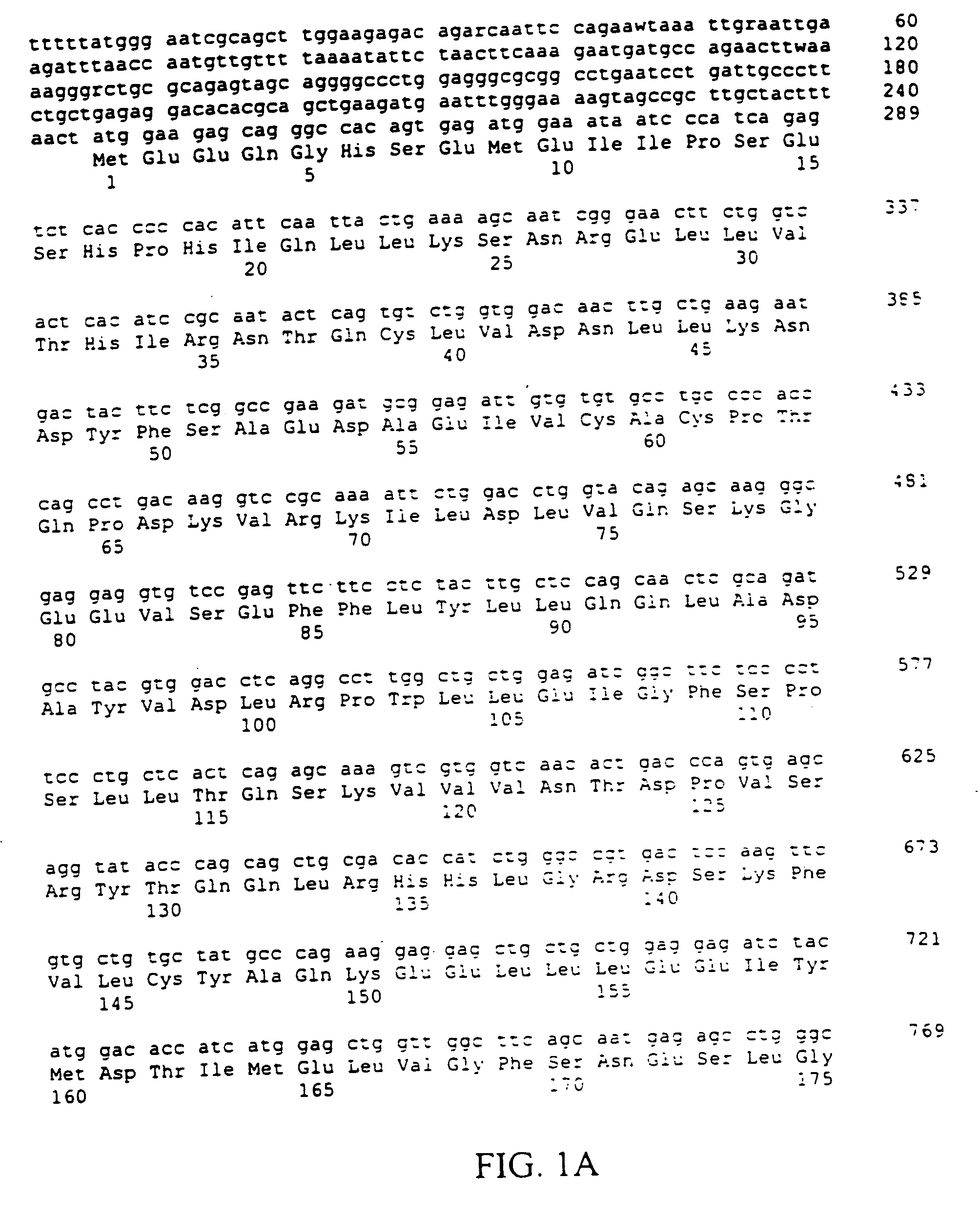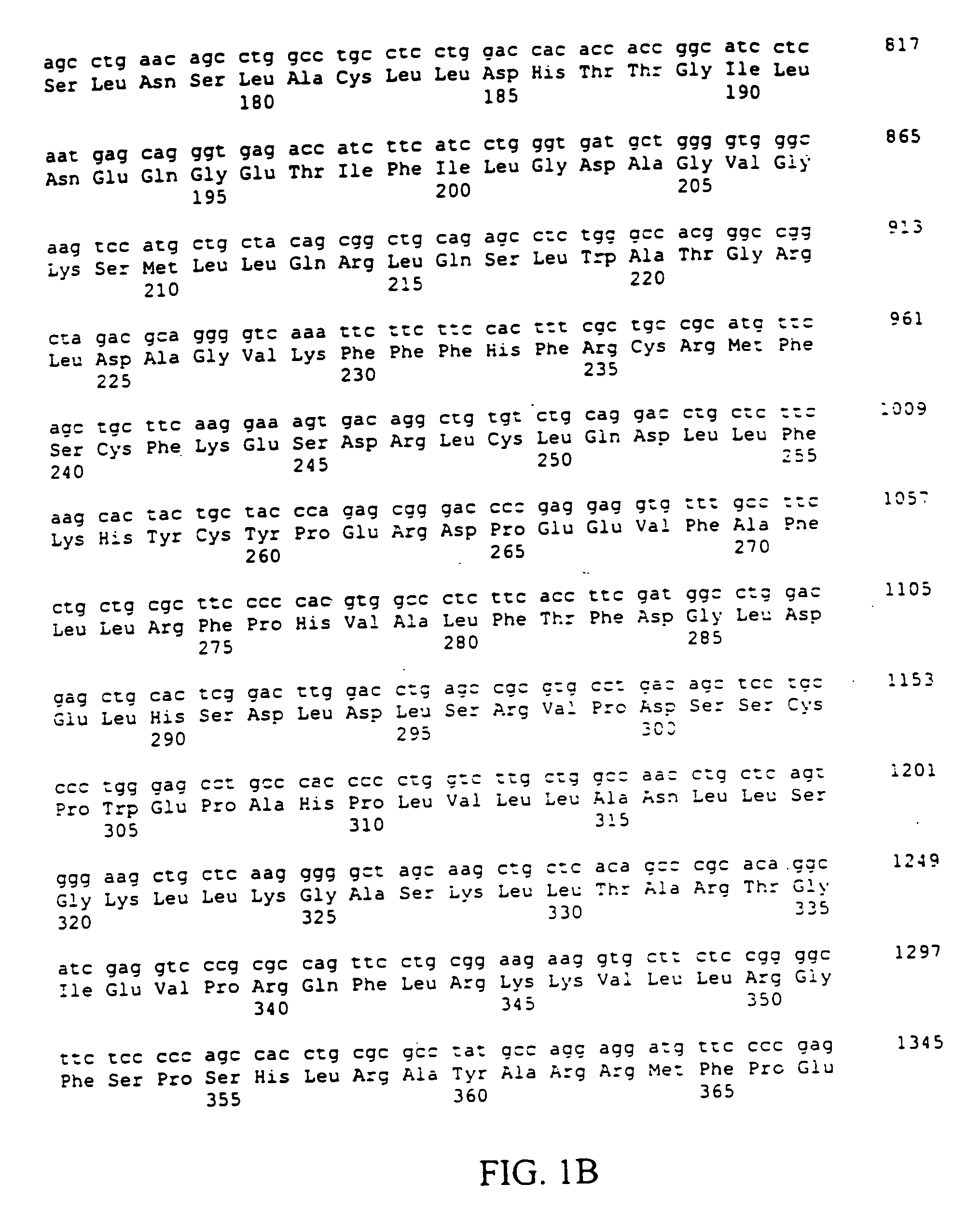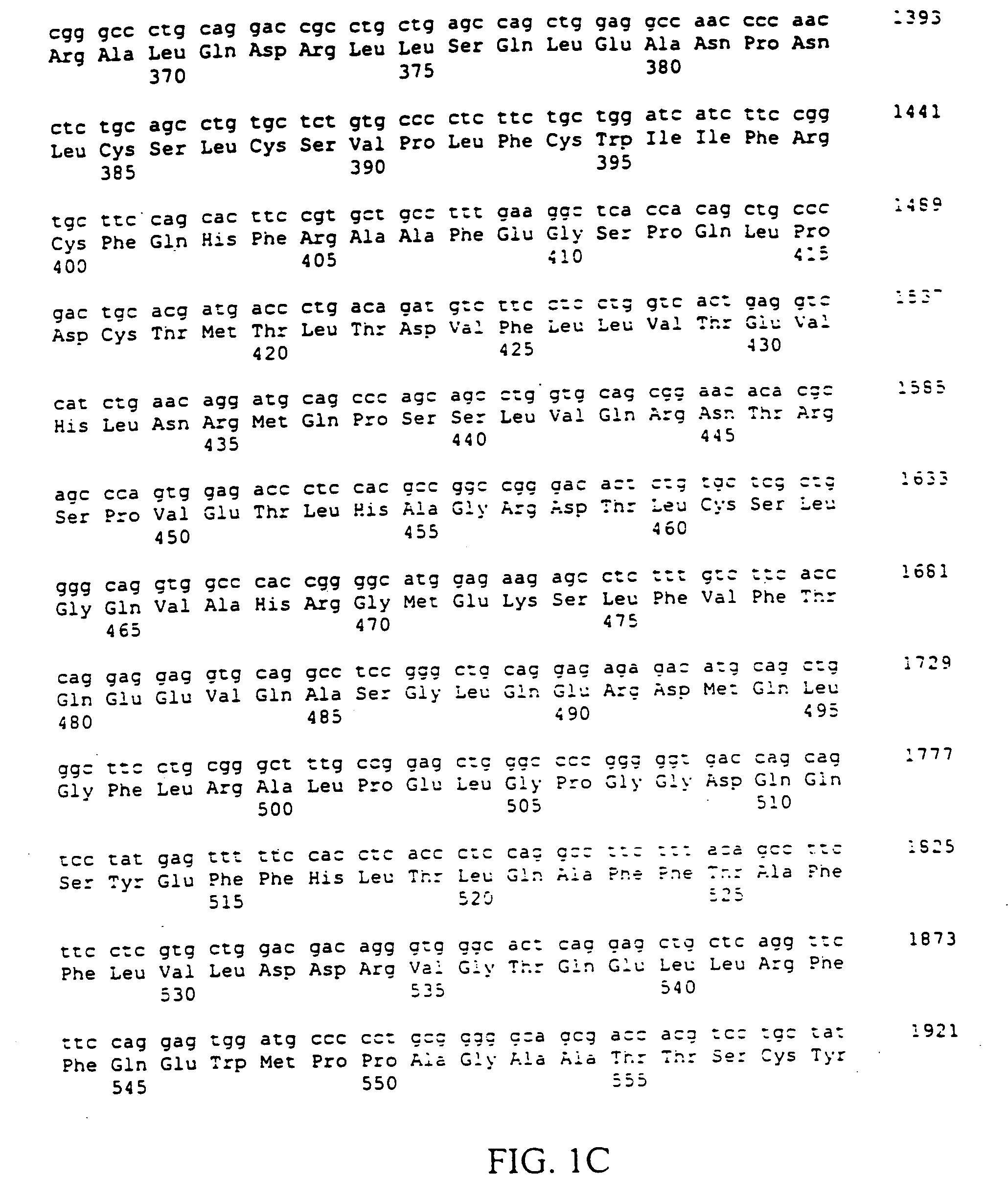CARD-4 molecules and uses thereof
a card-4 and molecule technology, applied in the field of innate immune recognition of bacterial products, can solve the problems of unclear function of innate immune detection, alterations in metabolism and localized cell death at the site of pathogen entry, etc., and achieve the effect of reducing the ability of the mouse to recognize and reducing expression
- Summary
- Abstract
- Description
- Claims
- Application Information
AI Technical Summary
Benefits of technology
Problems solved by technology
Method used
Image
Examples
Embodiment Construction
[0060] The present invention is based, in part, on the discovery that CARD-4 is involved in innate immune responses mediated through the activation of NF-κB and JNK and that CARD-4 participates in immune responses to bacterial infections.
CARD-4 Mediates NF-κB and JNK Activation in Response to Shigella Flexneri and Intracellular LPS
[0061] Experiments were conducted to determine whether cellular responses to intracellular LPS include the activation of c-Jun N-terminal kinase (JNK), a kinase important in the stress response to numerous stimuli. The target of JNK, c-Jun, is phosphorylated by this kinase on serine 63 and 73, an event that increases its ability to activate transcription. c-Jun is a component of the transcription factor AP-1, another important regulator in the inflammatory response (Foletta et al. (1998) J Leukoc Biol 63:139-52).
[0062] HeLa cells were infected with wild-type invasive S. flexneri strain M90T or the plasmid-cured, noninvasive strain BS176, for 2 hours as...
PUM
| Property | Measurement | Unit |
|---|---|---|
| molecular weight | aaaaa | aaaaa |
| time | aaaaa | aaaaa |
| length | aaaaa | aaaaa |
Abstract
Description
Claims
Application Information
 Login to View More
Login to View More - R&D
- Intellectual Property
- Life Sciences
- Materials
- Tech Scout
- Unparalleled Data Quality
- Higher Quality Content
- 60% Fewer Hallucinations
Browse by: Latest US Patents, China's latest patents, Technical Efficacy Thesaurus, Application Domain, Technology Topic, Popular Technical Reports.
© 2025 PatSnap. All rights reserved.Legal|Privacy policy|Modern Slavery Act Transparency Statement|Sitemap|About US| Contact US: help@patsnap.com



